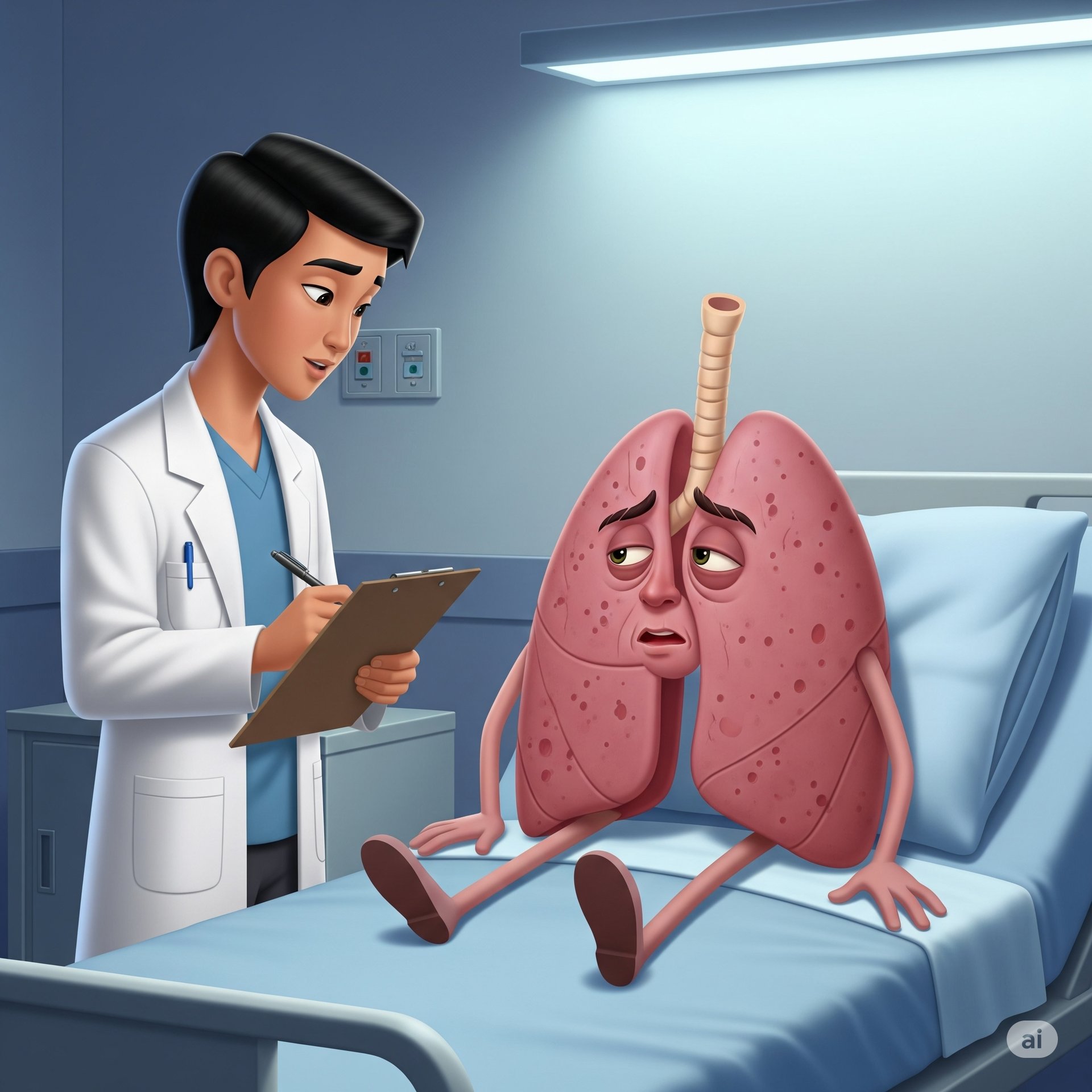THEMEDPRACTICALEXAM.COM

Auscultation Proforma – Respiratory System
1. Preparation and Positioning
Ensure a quiet environment to minimize extraneous noise.
Patient should be seated upright (preferred). If not possible, examine in the supine or lateral position.
Instruct the patient to breathe slightly deeper than normal through an open mouth.
Expose the chest adequately for direct contact with the stethoscope.
2. Technique
Use the diaphragm of the stethoscope for most breath sounds.
Place the stethoscope firmly on the chest wall.
Auscultate systematically from top to bottom, side to side, comparing corresponding areas on both sides.
Listen to at least one full respiratory cycle (inspiration and expiration) at each area.
Examine all areas: anterior, lateral, and posterior chest.
3. Areas to Auscultate
Anterior chest: Supraclavicular, infraclavicular, mammary, and inframammary regions.
Lateral chest: Axillary and infra-axillary regions.
Posterior chest: Suprascapular, interscapular, and infrascapular regions.
4. Breath Sounds
Assess the type of breath sound in each area:
Vesicular: Soft, low-pitched; inspiration longer than expiration; no pause.
Bronchial: Harsh, high-pitched; inspiration = expiration; pause between phases; normally only over trachea/manubrium.
Bronchovesicular: Intermediate; inspiration = expiration; no pause; heard over main bronchi.
Assess intensity (normal, diminished, or absent).
Compare for symmetry between both sides.
5. Added (Adventitious) Sounds
Listen for abnormal sounds, noting their location and timing:
Crackles (crepitations): Fine or coarse; note if during inspiration/expiration; whether they clear with cough.
Wheeze (rhonchi): Continuous, musical, mainly expiratory.
Pleural rub: Harsh, grating, heard in both phases.
Stridor: Loud, high-pitched, mainly inspiratory.
6. Vocal Resonance
Ask the patient to repeat a phrase (e.g., “ninety-nine” or “one-one-one”) while auscultating.
Assess for:
Normal resonance: Muffled and indistinct.
Increased resonance: Bronchophony (louder, clearer sounds).
Whispering pectoriloquy: Whispered words heard clearly.
Egophony: “E” heard as “A”.
Diminished or absent resonance.
7. Documentation
Clearly record findings for each area.
Specify type of breath sound, intensity, and the presence of any added sounds.
Note any asymmetry or abnormalities in vocal resonance.